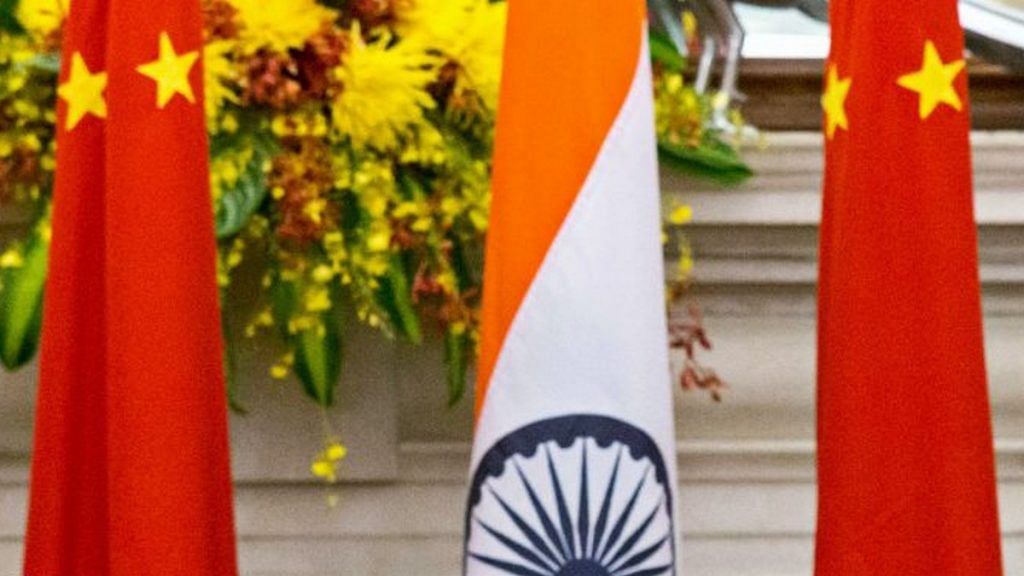New Delhi: India and China have agreed to stop sending more troops to the frontlines in Ladakh, refrain from unilaterally changing the situation on the ground, and avoid taking any actions that may complicate the situation, the countries said in a joint statement Tuesday.
The statement was issued after senior Army officials of the two sides held the 6th round of commander-level talks Monday as part of the countries’ first military-diplomatic dialogue.
The 14-hour talks were held at the Chushul-Moldo meeting point, on the Chinese side of the Line of Actual Control (LAC), from Monday 9 am.
India and China said they had “candid and in-depth exchanges of views” on stabilising the situation along the Line of Actual Control (LAC) in Ladakh, where the two sides have been locked in a stand-off since April.
“They (the two sides) agreed to earnestly implement the important consensus reached by the leaders of the two countries, strengthen communication on the ground, avoid misunderstandings and misjudgments, stop sending more troops to the frontline, refrain from unilaterally changing the situation on the ground, and avoid taking any actions that may complicate the situation,” the statement added.
The two sides also agreed to hold the 7th round of military commander-level talks as soon as possible.
Among other things, they decided to take practical measures to properly solve problems on the ground, and jointly safeguard peace and tranquility in the border area, the joint statement said.
This is the second joint statement issued by India and China this month, with the first one released after External Affairs Minister S. Jaishankar met his Chinese counterpart Wang Yi met in Russia on 10 September.
At the time, the two sides had decided to keep talking, disengage fast, and keep distance as part of a five-point agenda to ease tensions.
Also Read: India and China stick to demands, current ground positions in Ladakh could become status quo
‘No forward movement on ground’
The five-point agenda served as the basis for Monday’s meeting, but sources in the defence and security establishment said there has been no forward movement on the ground.
Sources had told ThePrint earlier Tuesday that the talks had ended in a “stalemate”, with both sides sticking to their stances as far a the situation on the ground was concerned.
While the Indian delegation refused to comply with the Chinese army’s demand to pull out from the southern banks of the Pangong Tso, the Chinese declined India’s emphasis on disengagement at all friction points along the LAC in Ladakh, the sources had said.
China has been peeved by India’s move on the intervening night of 29-30 August, when specialised units along with regular soldiers outflanked the Chinese and occupied crucial heights along the southern bank of the Pangong Tso.
At the military-diplomatic dialogue, India was represented by 14 Corps Commander Lt Gen. Harinder Singh, his would-be successor Lt Gen. P.G.K. Menon, along with two officers of major general rank, four brigadiers and other colonel-level officers and translators.
They were joined by Navin Srivastava, joint secretary in the Ministry of External Affairs who looks after China. Indo-Tibetan Border Police Inspector General Deepam Seth was also a part of the delegation.
Also Read: Linking LAC peace with good relations shows India still doesn’t get China
